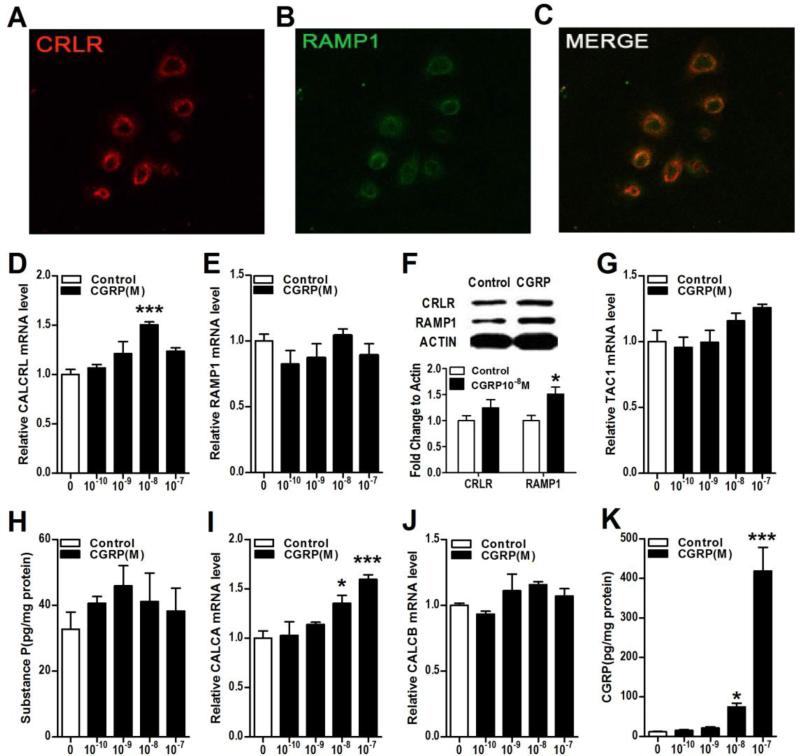Figure 2. CGRP treatment increased keratinocyte RAMP1 expression and secretion of CGRP.
The CGRP receptor components calcitonin receptor-like receptor (CRLR) and receptor activity-modifying protein 1 (RAMP1) are expressed in keratinocytes in vitro and this expression is up-regulated by CGRP treatment. CGRP treatment had no effect on SP gene or protein levels but did stimulate CGRP gene expression and protein secretion in keratinocytes. Immunostaining demonstrated CRLR protein (red) and RAMP1 protein (green) co-expressing in the cytoplasm and on the membrane of keratinocytes (A-C). CGRP treatment increased expression of its CRLR receptor gene (CALCRL) but not its RAMP1 receptor gene (RAMP1) at 3 h after treatment, as measured by real time PCR (D, E). Western blot demonstrates that CGRP (10−8M) increased RAMP1 protein level in keratinocytes at 24 h after treatment (F). CGRP treatment did not change the expression of the SP TAC1 gene at 3h, as measured by real time PCR (G). When keratinocytes were treated with various concentrations of CGRP for 3h, then washed 3 times in fresh medium, and then incubated in fresh medium for 21h, there was no increase in medium SP levels, as measured by EIA (H). CGRP treatment increased the expression of the CGRP gene CALCA (I), but not CALCB (J) at 3 h. When keratinocytes were treated with various concentrations of CGRP for 3h, then washed 3 times in fresh medium, and then incubated in fresh medium for 21h, there was a 44-fold increase in medium CGRP levels, as measured by EIA (K). Values are means ± SE. * P<0.05, ** P<0.01, and *** P<0.001 vs vehicle treated control cells. All experiments were repeated 3-4 times.

